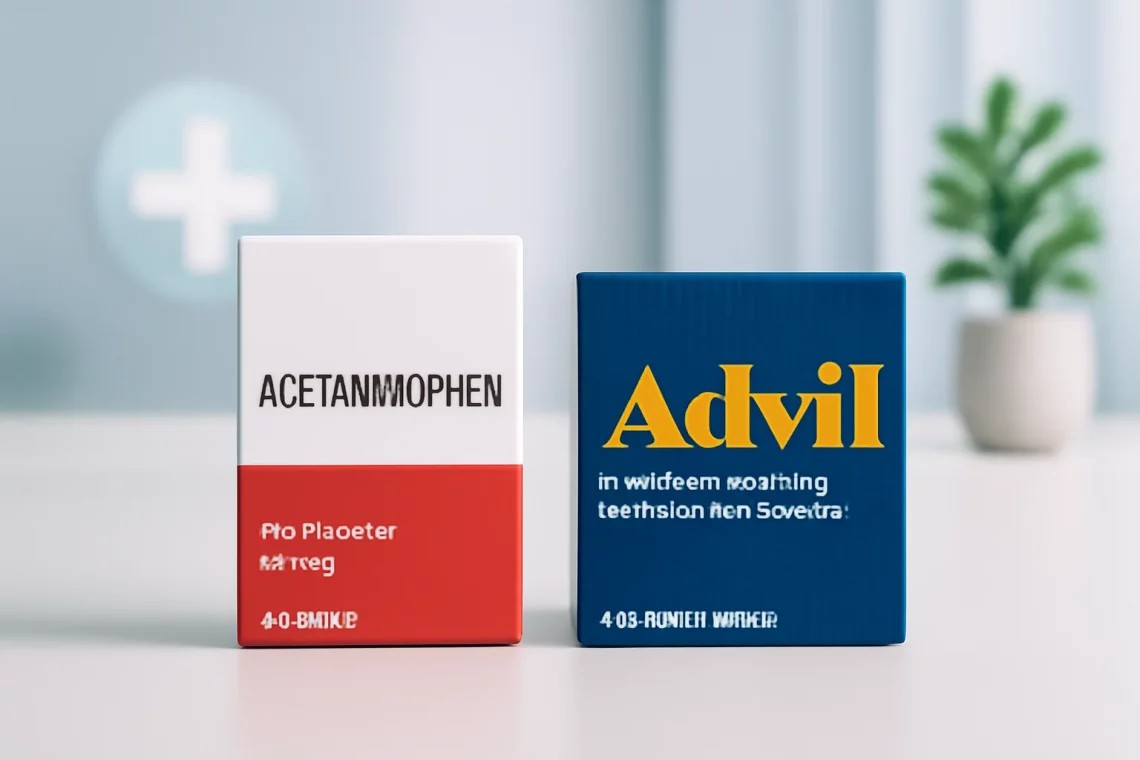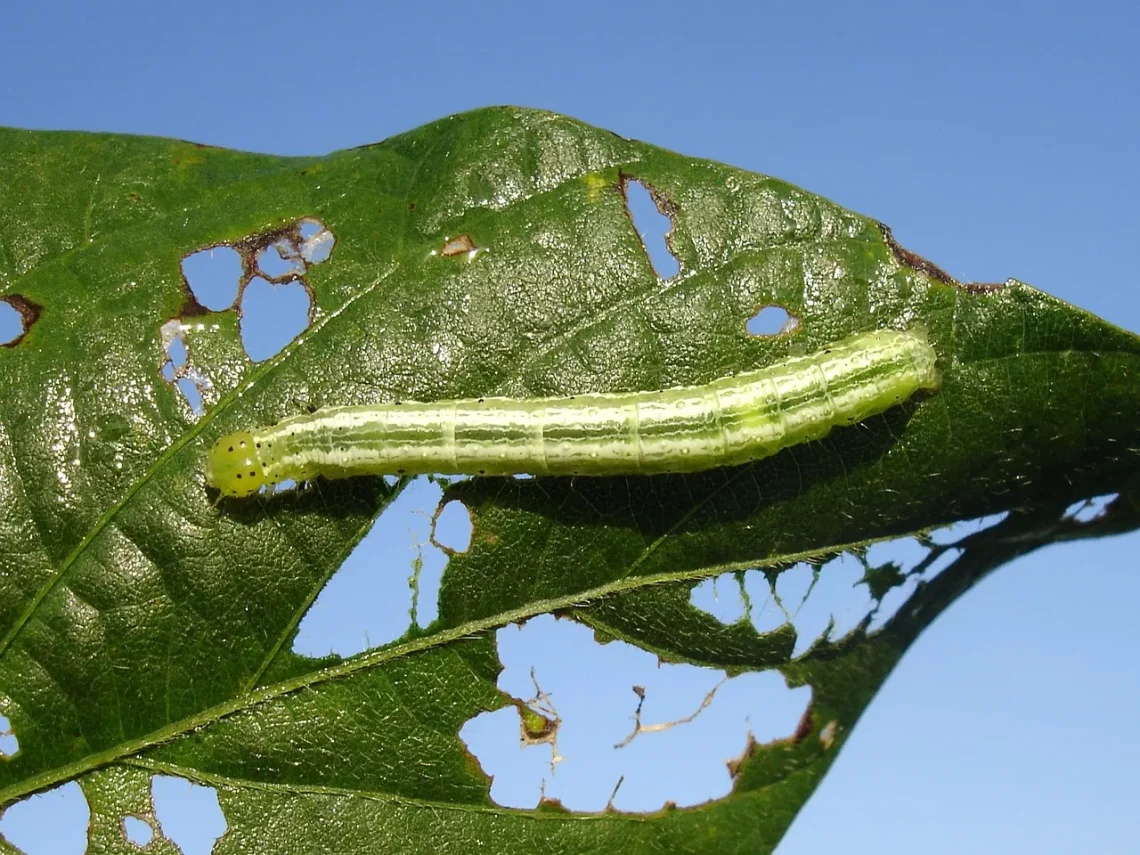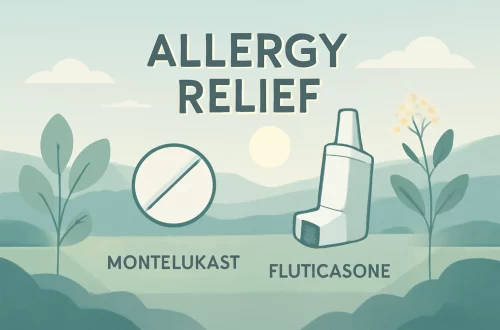-
Adderall vs Focalin: Choosing the Right ADHD Medication for You
Adderall and Focalin are two widely recognized medications primarily used in the treatment of Attention Deficit Hyperactivity Disorder (ADHD). Both medications are classified as central nervous system stimulants, and they function by affecting certain neurotransmitters in the brain, which play a crucial role in attention, focus, and impulse control. While they share a common purpose, the way they exert their effects, their chemical compositions, and their side effect profiles can differ significantly. In the realm of ADHD treatment, understanding the nuances between these two medications can be essential for patients and healthcare providers alike. Factors such as dosage forms, duration of action, and individual patient response can heavily influence the…
-
Vyvanse or Concerta Which ADHD Medication is Right for You?
Vyvanse and Concerta are both popular medications used in the treatment of Attention Deficit Hyperactivity Disorder (ADHD). As awareness of ADHD has grown, so has the discussion surrounding the most effective treatments. Each medication has its unique properties, benefits, and potential side effects, which can significantly influence a patient’s quality of life. The choice between Vyvanse and Concerta is often influenced by individual needs, lifestyle, and medical history. Understanding the differences between these medications can help individuals make informed decisions about their treatment options. As ADHD continues to be a prevalent diagnosis among children and adults alike, the conversation around the most effective ways to manage its symptoms is more…
-
Adderall vs Qelbree: Comparing ADHD Medications and Their Effects
Adderall and Qelbree are two medications commonly prescribed for the treatment of attention deficit hyperactivity disorder (ADHD). Both drugs have unique properties and mechanisms of action, making them suitable for different patient needs and preferences. As ADHD continues to be a prevalent condition affecting children, adolescents, and adults, understanding the differences between these medications becomes increasingly important for patients, caregivers, and healthcare providers alike. While Adderall is a stimulant medication that has been widely used for many years, Qelbree represents a newer, non-stimulant option that offers an alternative for those who may not respond well to traditional stimulant treatments or who experience undesirable side effects. The choice between these two…
-
Adderall vs Vyvanse Which ADHD Medication Is Right for You
Adderall and Vyvanse are two of the most commonly prescribed medications for Attention Deficit Hyperactivity Disorder (ADHD). Both drugs are stimulants that affect chemicals in the brain and nerves that contribute to hyperactivity and impulse control. However, despite their similar purposes, they have distinct differences in formulation, duration of action, and side effects, making them suitable for different patients depending on their specific needs. Understanding these differences is crucial for individuals diagnosed with ADHD and their families, as it can impact treatment outcomes significantly. As the prevalence of ADHD continues to rise, so does the importance of finding the right medication. Patients often find themselves faced with the decision of…
-
Acetaminophen vs Advil Which Pain Reliever Is Right for You
Acetaminophen and Advil are two of the most commonly used over-the-counter medications for pain relief and fever reduction. While both are effective in managing discomfort, they belong to different drug classes and have distinct mechanisms of action. Acetaminophen, known for its analgesic and antipyretic properties, is often recommended for mild to moderate pain, such as headaches and muscle aches. On the other hand, Advil, which contains ibuprofen, is a nonsteroidal anti-inflammatory drug (NSAID) that not only alleviates pain but also reduces inflammation. Understanding the differences between these two medications is essential for making informed choices about pain management. Many individuals may find themselves wondering which option is best suited for…
-
Understanding Chicken Eye Worm: Symptoms, Treatment, and Prevention
Understanding Chicken Eye Worm: Symptoms, Treatment, and Prevention The world of poultry farming is vast and diverse, encompassing a myriad of practices, challenges, and health concerns. One of the lesser-known yet significant health issues that can affect chickens is the presence of the chicken eye worm. This parasitic infection, caused by the nematode *Oxyspirura mansoni*, poses risks not only to the health of the birds but also to the overall productivity of poultry operations. These parasitic worms can infiltrate the eye region of chickens, leading to various complications if left unchecked. Understanding the nature of chicken eye worm infections is essential for poultry farmers and bird enthusiasts alike, as it…
-
Understanding Pancreatic Tumors in Dogs: Symptoms and Treatments
Understanding pancreatic tumors in dogs is a complex but crucial topic for pet owners. The pancreas, a vital organ situated near the stomach, plays an essential role in digestion and blood sugar regulation. When tumors develop in this area, they can lead to significant health challenges for dogs. These tumors may be benign or malignant, and their presence can affect not only the pancreas but also surrounding organs and overall well-being. As the understanding of canine health advances, so does the awareness of various conditions that can affect our furry friends. Pancreatic tumors, while relatively rare, can manifest in various ways, often complicating diagnosis and treatment. Early detection is vital…
-
Understanding Pancreatic Tumors in Dogs: Symptoms and Treatment Options
Pancreatic tumors in dogs are a complex and challenging condition that pet owners may face. The pancreas plays a crucial role in digestion and blood sugar regulation, and any abnormal growths in this organ can have significant implications for a dog’s health. These tumors can be benign or malignant, and their behavior can vary widely. Some tumors may grow slowly and cause minimal symptoms, while others can be aggressive and life-threatening. Understanding the underlying causes of pancreatic tumors is essential for pet owners, as certain breeds may be more predisposed to these conditions. Additionally, recognizing the symptoms early can lead to more effective treatment options and improved outcomes. Symptoms can…
-
Pictures of Pyoderma in Dogs: Understanding the Condition and Its Symptoms
Pyoderma is a common skin condition that affects dogs, often leading to discomfort and distress for both the pet and its owner. Characterized by bacterial infections, it manifests through various symptoms, including redness, itching, and the formation of pustules or lesions. This condition can arise from several underlying issues, such as allergies, parasites, or hormonal imbalances, making it essential for pet owners to be aware of the signs and symptoms. The skin is the largest organ of a dog’s body and serves as a vital barrier against environmental threats. When this barrier is compromised, bacteria can infiltrate, leading to infections like pyoderma. Understanding this condition is crucial not only for…
-
Understanding the Impact of Parvo on Cats: Prevention and Care Tips
Understanding the Impact of Parvo on Cats: Prevention and Care Tips Parvovirus, often associated with dogs, is a viral infection that can also affect cats, albeit less commonly. This virus is notorious for its resilience in the environment and its potential to cause severe illness. For cat owners, understanding the implications of parvovirus is crucial, especially since its symptoms can sometimes be mistaken for other illnesses. The parvovirus primarily targets the gastrointestinal system and can lead to debilitating effects, particularly in young and unvaccinated cats. The disease can manifest rapidly, leading to a range of symptoms including vomiting, diarrhea, and severe dehydration. Given the seriousness of the virus, it’s essential…







































